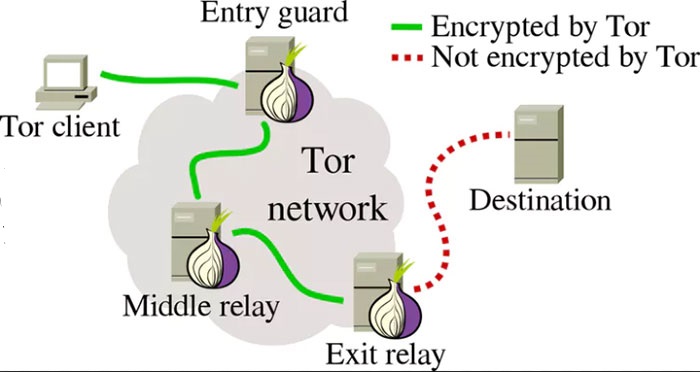
TORC2 in yeast and mammals mediates spatial control of cell growth by regulating the actin cytoskeleton. mTORC2 is rapamycin insensitive and contains mTOR, rictor, mSIN1, PRR5, and mLST8. TORC1 in yeast and mammals mediates temporal control of cell growth by regulating several cellular processes, including translation, transcription, ribosome biogenesis, nutrient transport, and autophagy. Mammalian TORC1 (mTORC1) is rapamycin sensitive and contains mTOR, raptor, and mLST8. The 2 TOR complexes, like TOR itself, are highly conserved. TOR is found in 2 structurally and functionally distinct multiprotein complexes, TORC1 and TORC2.

It is not a spontaneous process that just happens when building blocks (nutrients) are available, but rather a highly regulated, plastic process controlled by TOR-dependent signaling pathways. The discovery of TOR led to a fundamental change in how we think about cell growth.


TOR, which was originally discovered in yeast, is conserved in all eukaryotes including plants, worms, flies, and mammals. Target of rapamycin (TOR) is a highly conserved serine/threonine kinase that controls cell growth and metabolism in response to nutrients, growth factors, cellular energy, and stress.


 0 kommentar(er)
0 kommentar(er)
